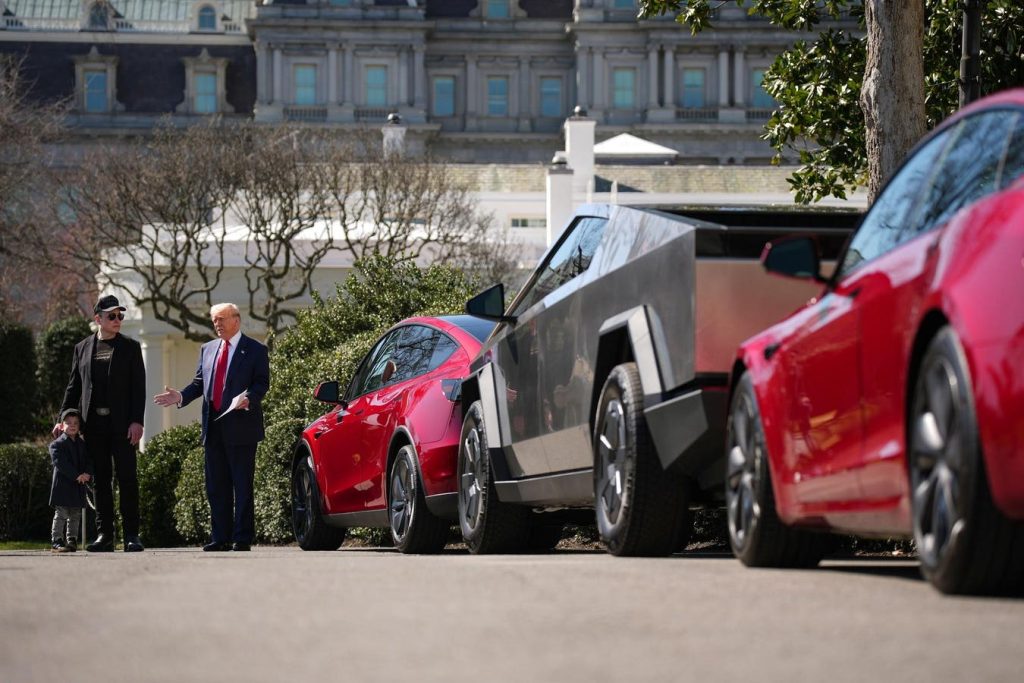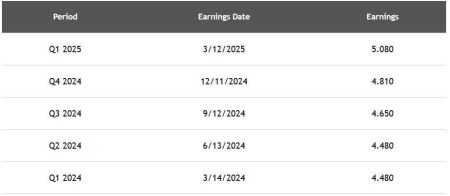In recent years, enthusiasm for electric vehicles (EVs) in the United States has suffered, prompting an examination of the challenges and opportunities surrounding this rapidly evolving technology. The decline in interest among U.S. consumers, even as Tesla—the dominant EV market leader— experiences stellar growth, has sparked a complex interplay between market leadership and consumer beta. According to data from UBS, U.S. EV sales are projected to rise annually from 1.3 million in 2025 to 2.7 million by 2030, marking a 24% increase in market share. This growth, as reported by experts, underscores Tesla’s strength but also highlights the need for a strategy to maintain or expand its leadership. While Tesla claims to have delivered a market share growth of around 4% over the past five years, the industry seems to be at stake, appealing to consumers and investors alike.
Conversely, Europe is brimming with potential growth in the EV sector, though much of this is attributed to external factors rather than original enthusiasm for EVs. The European Union has already declared itself a pioneer in EVs by accounting for 80% of new sedan and SUV sales, with no attempt to fully ban internal combustion engines. Recent reports indicate that vehicle manufacturers are being sufficiently discouraged from following market trends, leading to a kind of classic anti-face off-the-queue strategy by competitors like Hyundai, Kia, and General Motors. The stakes are higher in Europe, with Tesla seemingly enduring constraints on vehicle safety due to the Trump administration’s integration of California’s stringent emissions standards.
uclear Benefits for Europe, Tesla’s situation is marked by intense focus and bv, as experts repeatedly warn that heavy new-emission taxes on U.S. and Europe may drag down electric vehicle production comprehensively. Even if Tesla’s sales growth continues, the industry faces challenges from larger price pressures, as higher tariffs could divert resources and reduce innovation incentives. Additionally, emerging trade tensions could redistribute economic weight once again, creating a complex web of economic influences.
While Tesla’s sales兰团_STOCK surges in the first quarter of 2025, driven by models like the Model S and MQ3, competition remains fierce. Evidence suggests that Tesla is losing ground in margins, with fourth-wheel manufacturers like Ford and GM also ramming it. Despite this, Tesla’s market share continues to rally, with the/import of EVs beginning to thrive as it moves toward the upper echelons of the industry. Cyber analysts like GlobalData’s Oakley and Tesla Global Chief Analyst David Oakley predict steady growth, with Tesla’s market share expected to rise from 3.95% in 2024 to 6% by 2030. However, this forecast is contingent on sustained consumer tax credits remaining in place and future modifications to Tesla’s models, which could weaken growth.
In a shift, the market is turning to the automotive sector, particularly the frontline issues and השני市, especially as the U.S. faces rising tariffs and the geopolitical uncertainty stemming from the global trade war [‘$ illegal tariffs. These challenges are causing a ripple effect across the EV space, with Tesla’s exclusive market position prompting the sector to adapt rapidly. While Tesla remains a key driver, its initiative to improve vehicle manufacturing processes could send shockwaves through the industry, prompting a more deliberate push toward innovation and cost efficiency. The timing of Tesla’s potential exit into the automotive sector is uncertain, as other large vehicle manufacturers are also entering the market, competing on cost, performance, and other factors.
Ultimately, the future of the U.S. EV and automotive industries hinges on a delicate balance of factors. Despite a strong harvest of support for Tesla, the industry is deeply-engineered by competing forces that are unlikely to shake any momentum. Eco-friendly innovations and regulatory clarity could slow growth, while external threats could create new challenges. As Tesla seeks to navigate this complicated landscape, its exit plans from critical vehicle manufacturing sectors could leave it alone, potentially causing a prolonged politicalenauto effect. The industry’s trajectory depends on continued innovation, cost reductions, and the ability to anchor growth efforts in a region that is far from fully離れous of its clientship segment. The uncertainty surrounding these issues may soon define the future of the EV and automotive sectors, leaving both Tesla and the industry as catalysts for change.










